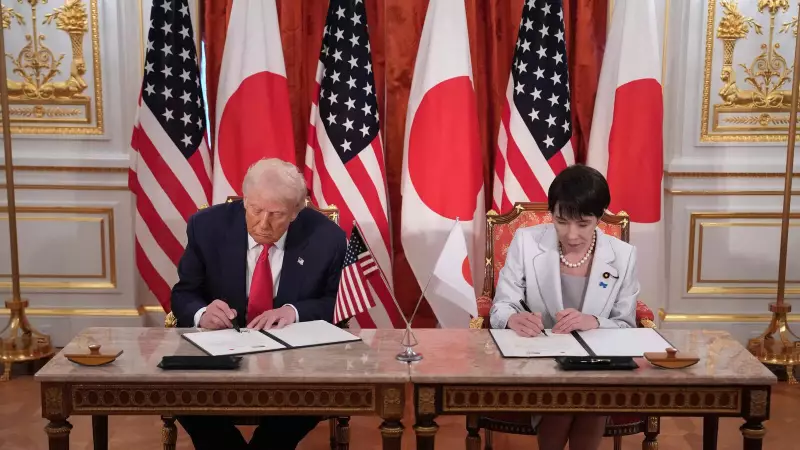
In a significant diplomatic development, former US President Donald Trump met with Japan's newly appointed Prime Minister Sanae Takaichi, marking a historic moment as she becomes Japan's first female leader. The high-level meeting resulted in a comprehensive trade agreement that addresses critical economic and strategic interests for both nations.
Strategic Rare Earth Minerals Partnership
The centerpiece of this landmark agreement is a comprehensive deal on rare earth minerals—essential components for modern technology including electric vehicles, smartphones, and defense systems. This partnership aims to secure supply chains and reduce dependency on Chinese exports, representing a major shift in global technology resource allocation.
Key Agreement Highlights
- Rare Earth Minerals Cooperation: Establishment of a bilateral framework for rare earth exploration, processing, and distribution
- Tariff Reductions: Mutual agreement on lowering trade barriers across multiple sectors including automotive and agricultural products
- Technology Transfer: Enhanced collaboration on critical technologies and manufacturing processes
- Supply Chain Security: Joint initiatives to strengthen resilient supply chains for essential materials
- Strategic Alignment: Reinforcement of the US-Japan economic and security partnership in the Indo-Pacific region
Historic Leadership Meeting
The Trump-Takaichi summit represents more than just trade negotiations—it symbolizes Japan's political evolution with its first female prime minister engaging in high-stakes international diplomacy. Both leaders emphasized the importance of strengthening bilateral ties amid growing global economic uncertainties.
"This agreement marks a new chapter in US-Japan economic relations," analysts noted, highlighting the strategic importance of diversifying rare earth sources away from dominant suppliers.
Economic Implications
The trade deal is expected to create new opportunities for both American and Japanese businesses, particularly in the technology and manufacturing sectors. The rare earths agreement specifically addresses long-standing concerns about supply chain vulnerabilities that became apparent during recent global disruptions.
This comprehensive partnership sets the stage for deeper economic cooperation between the two nations, potentially influencing broader trade dynamics in the Asia-Pacific region and beyond.





